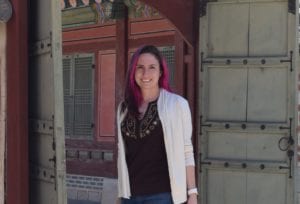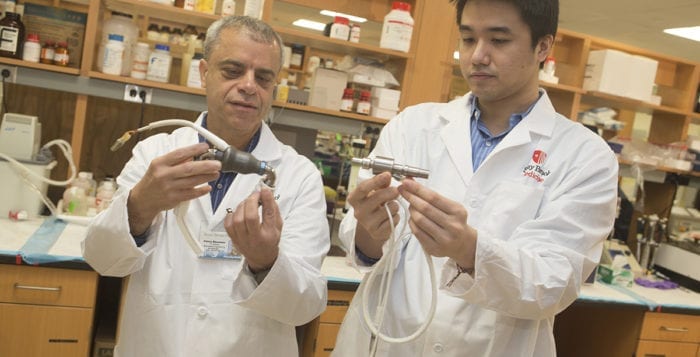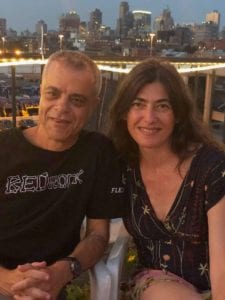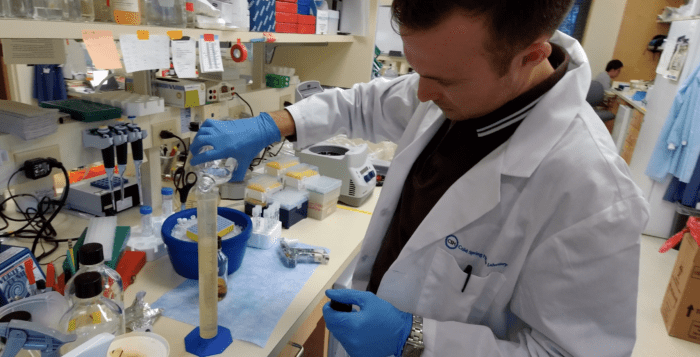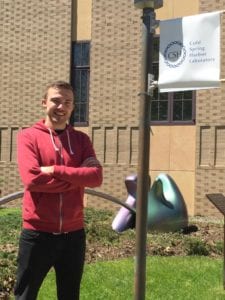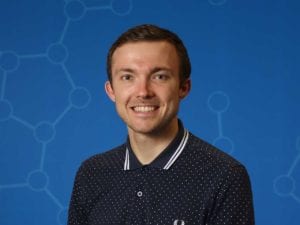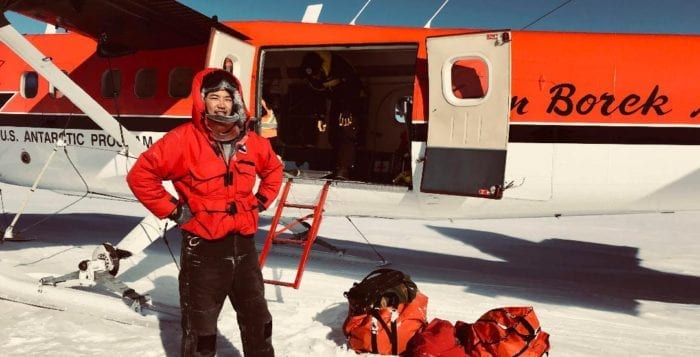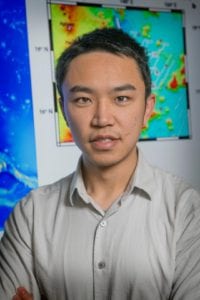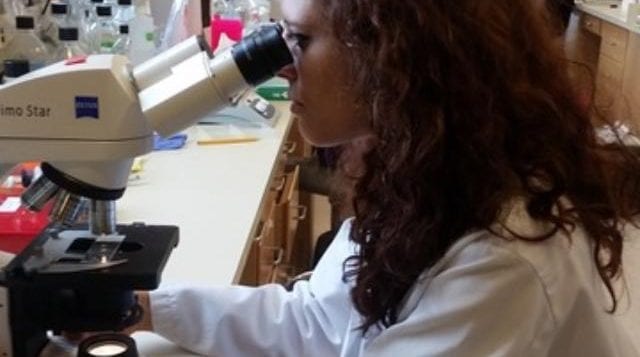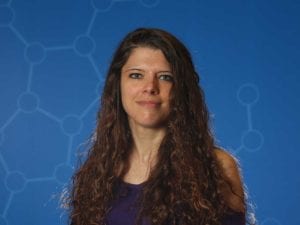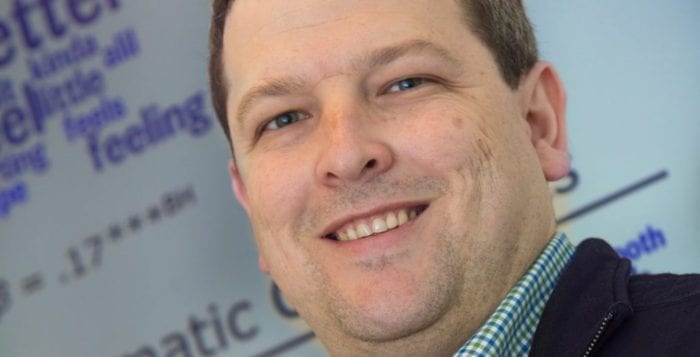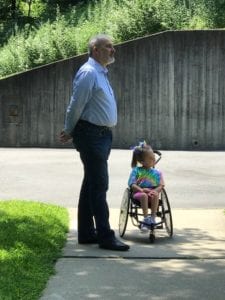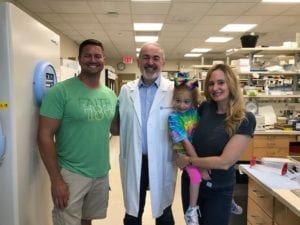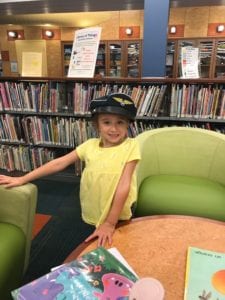By Daniel Dunaief
After considerable planning, fundraising and coordinating, Patricia Wright welcomed a star-studded group of scientists, government officials and conservationists recently for the roof raising of the new IUCN Saving Our Species Biodiversity Research Center in Madagascar.
The building, which cost about $1 million, is a part of Centre ValBio, which is a conservation and research center Wright, a Distinguished Service Professor and award-winning researcher at Stony Brook University, founded in 2003. CVB is near Ranomafana National Park in the southeastern part of the African island nation.

When it is completed this summer, the new building, which includes a green roof balcony and a central staircase and breezeway, is expected to provide research facilities for about ten scientists. They will study insects and plants, frogs and lemurs, the primates Wright has observed, researched, and shared with the public for over 30 years. Visiting scientists can apply to work at the center starting in September.
Russell Mittermeier, the Chief Conservation Officer at Global Wildlife Conservation and a research professor in the Department of Anatomical Sciences at Stony Brook, suggested that these types of efforts pay dividends.
It’s “hard to predict what will be found but history has shown us that there are endless benefits to conserving biodiversity and maintaining healthy ecosystems,” Mittermeier, the Chair of the IUCN/ SSC Primate Specialist Group, explained in an email from Madagascar.
Conservationists credit Wright with adding the new Biodiversity Centre to the larger research and conservation presence in Madagascar.“Wright was instrumental” in developing the facility, said Christoph Schwitzer, the Director of Conservation at Bristol Zoological Society and the Deputy Chair and Red List Authority Coordinator of the IUCN SSC Primate Specialist Group. “Without her, it wouldn’t be there. She started this whole project.”
The IUCN expressed its appreciation for the work Wright put in to continue to build on her track record of conservation.
At IUCN, “we highly value our collaboration with [Wright] and we understand she has established a good relationship with the Park Manager of Ranomafana National Park,” Remco Van Merm, the Coordinator of IUCN’s Saving Our Species initiative, explained in an email.
Save Our Species funds projects that “enhance the conservation of threatened species,” Van Merm added. “In the case of the new SOS Biodiversity Research Centre at Centre ValBio in Madagascar, the research that will be carried out will contribute greatly to the conservation of lemurs and other threatened biodiversity” in the national park.
Wright insisted that the new biodiversity center use local materials and workers, as she did with the construction of Namanabe Hall, its much larger sister building on the CVB campus.
Wright “wants to have the local villagers be involved in the process,” said Ali Yapicioglu, a partner at InSite, an architectural firm in Perry, New York who worked on both buildings. The sand is from the river, while the gravel comes from granite pieces that local women break down into smaller pieces.
In addition to local labor and materials, Wright ensured that InSite provided education to Malagasy residents, which included classes at the construction site. Through the building process, InSite also trained electricians.
While CVB, which is the largest biodiversity research center in the country, is well-established, it took considerable work on the Stony Brook scientist’s part to create it.
Schwitzer said Wright “fought against various forces trying to set this center up and she succeeded. She’s an excellent fundraiser.”
Madagascar has presented numerous challenges for conservation, in large part because of the changes in governments.Mittermeier recently had a “good discussion” with Andry Rajoelina about biodiversity just before Rajoelina was inaugurated as president of Madagascar last week. “Let’s see what he does” on biodiversity, Mittermeier explained. The Stony Brook professor plans to recommend that Rajoelina visit Ranomafana.
For visitors, the CVB site offers ecotourists a firsthand opportunity to observe the charismatic lemur species, which are a part of the “Madagascar” animated films and were also the subject of an Imax movie about Wright’s work called “Island of Lemurs: Madagascar.”
“People who go there can see quite a few interesting lemur species in the wild,” Schwitzer said, adding that the station also gives Schwitzer “hope for lemur conservation,” he said.
The SOS lemur program originated with a 2013 published report, which included permanently managed field stations as a critical element. Research and field stations deter logging and lemur hunting, while also contributing scientific information that the government can use to set policies and make informed decisions, he added.
The lemur action plan includes the construction of this building. Schwitzer indicated that these types of initiatives, spread throughout the country, are critical to protecting species under various pressures, including habitat destruction.
“If we don’t keep up the effort, we could very well lose one,” Schwitzer said. He hastened to add that no lemurs have gone extinct in modern times, but “we can’t become complacent.” Indeed, the rarest of lemurs, the Northern Sportive Lemur, is down to 60 individuals in the world.
In the future, Schwtizer hopes Malagasy leaders and institutions will apply for international funding for themselves, as they drive the conservation goal forward.
This September, Wright will also finish an Education Center on the lower campus. On the upper campus, which is just across the road, she is building a wildlife center that will include a vet clinic, a frog breeding center, a mouse lemur facility, and a climate and drone center. The facility will also include bungalows for long-term researchers.
In addition to providing a field station for researchers, the site will also provide information accessible to the public.
“We are producing online identification systems like iNaturalist and also putting vocalizations and videos of the wildlife online,” Wright explained in an email.
Schwitzer said he has attended meetings where Wright has shared her vision for CVB with scientists and conservationists.
“Everybody looks at this and says, ‘This is cool. I want to do something like that,’” Schwitzer said.

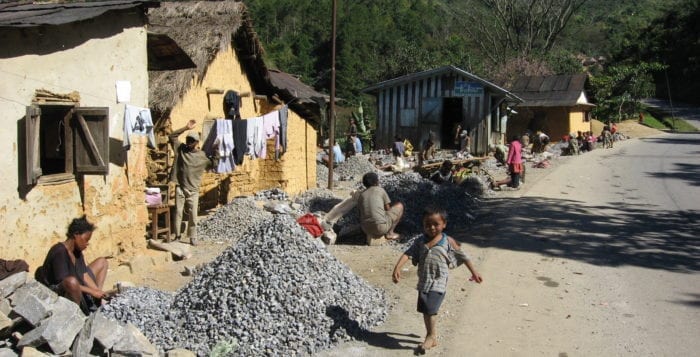
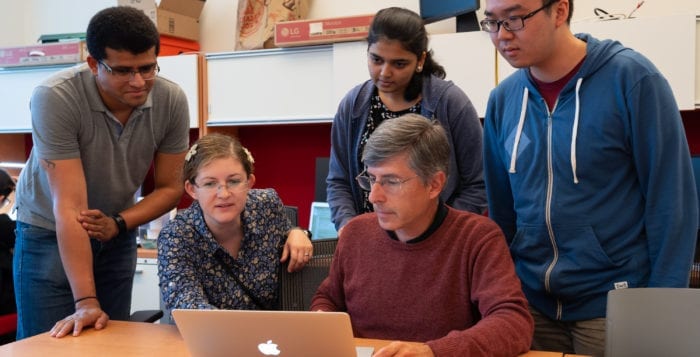
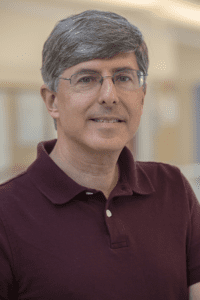

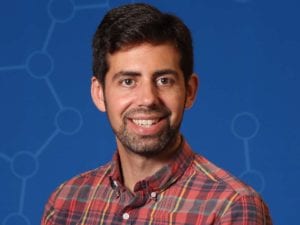 Jason Sheltzer, a fellow at Cold Spring Harbor Laboratory, and his partner Joan Smith, a senior software engineer at Google, have sought to use the genetic fingerprints of cancer to determine the likely course of the disease.
Jason Sheltzer, a fellow at Cold Spring Harbor Laboratory, and his partner Joan Smith, a senior software engineer at Google, have sought to use the genetic fingerprints of cancer to determine the likely course of the disease.